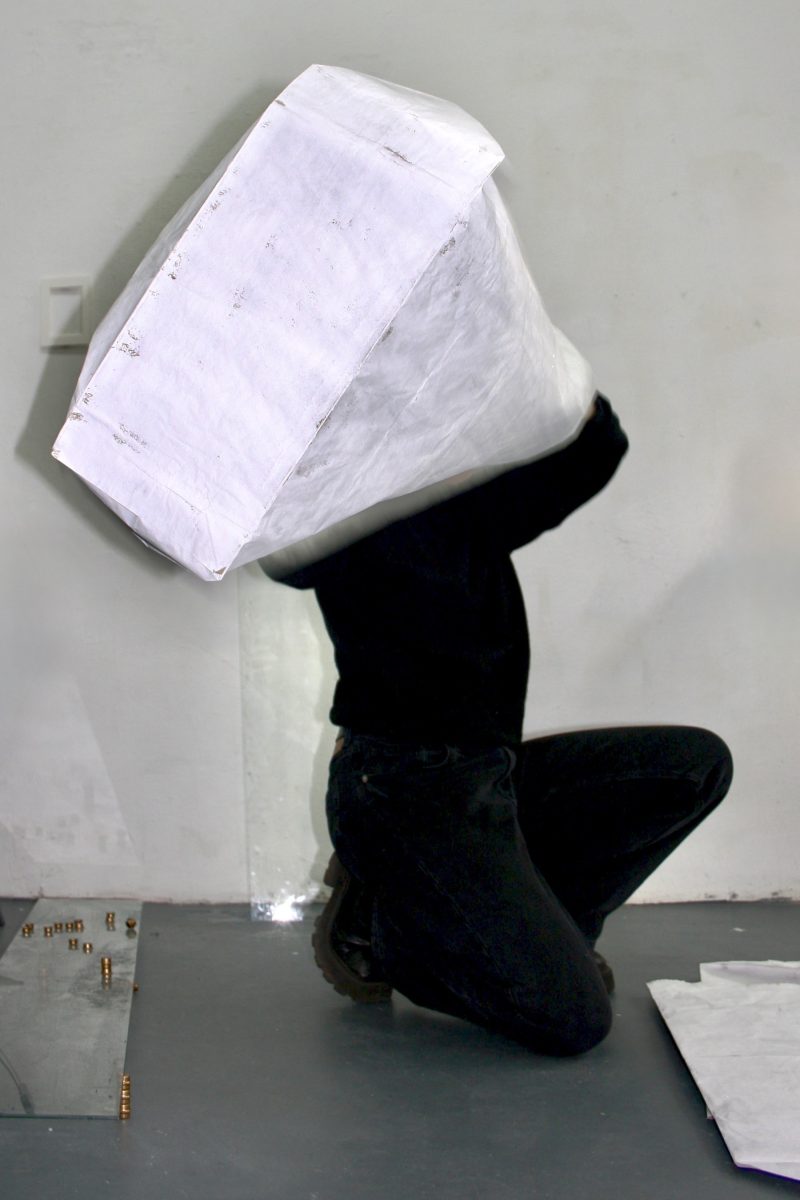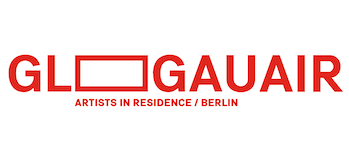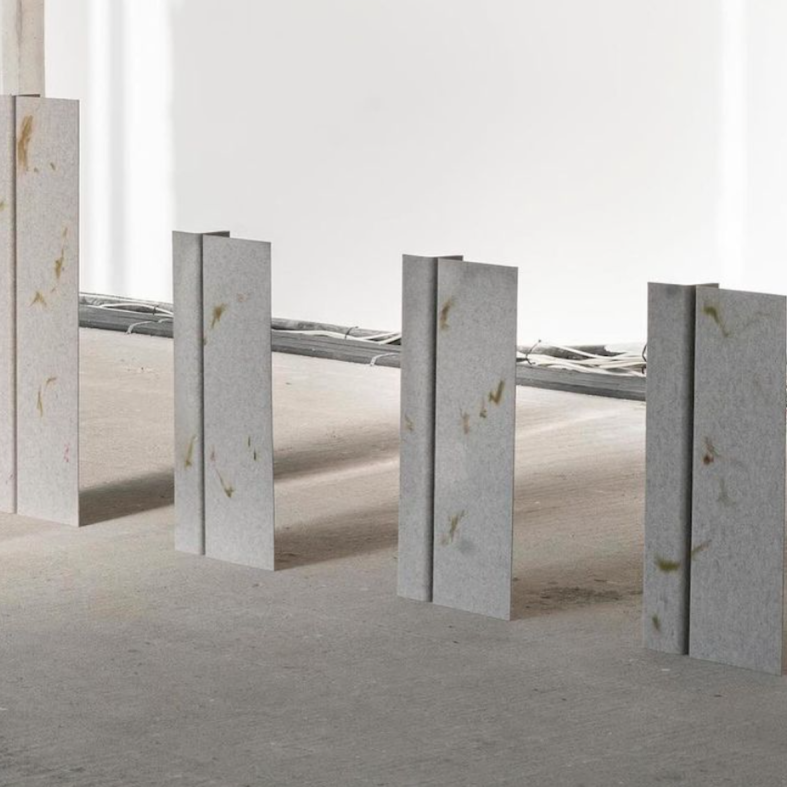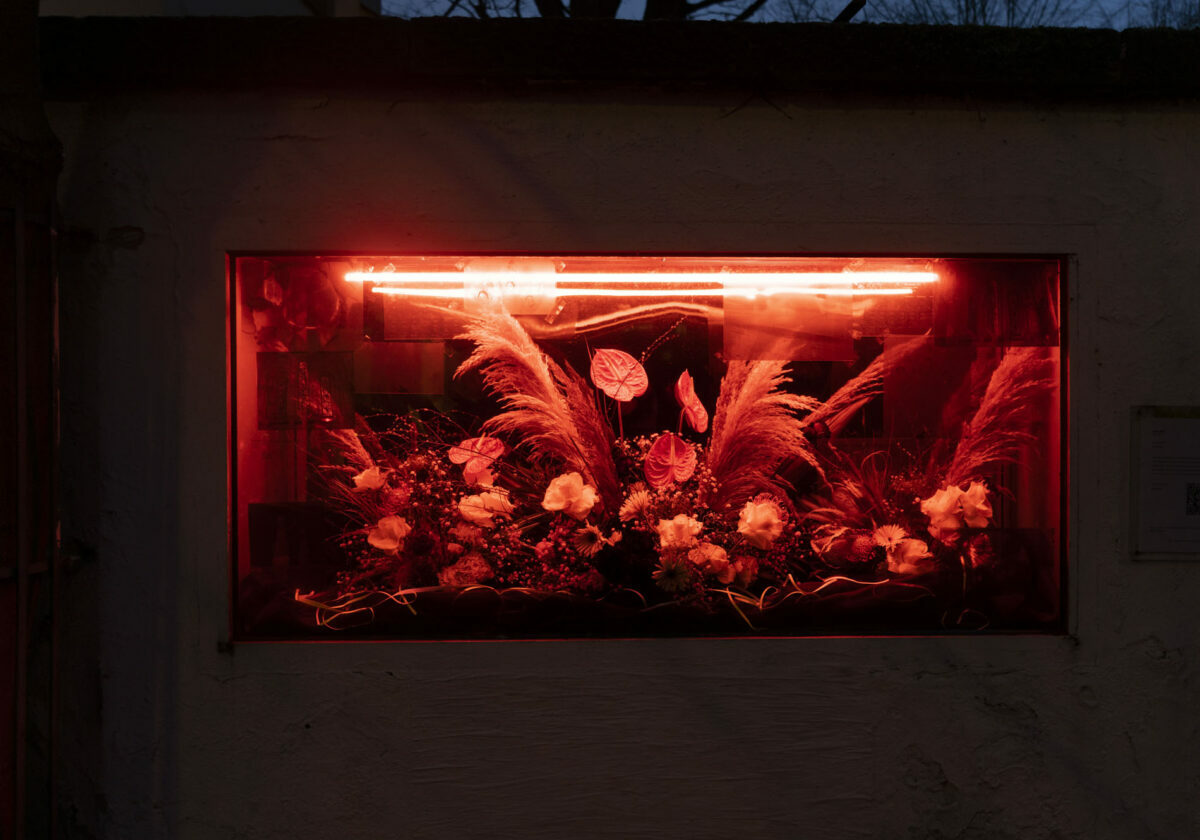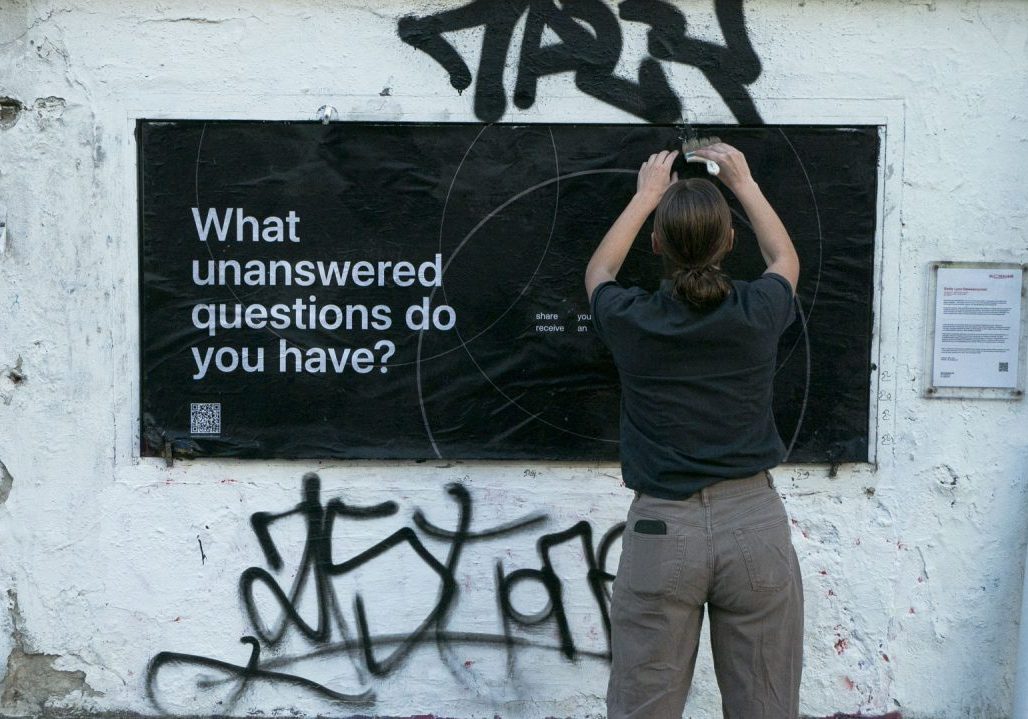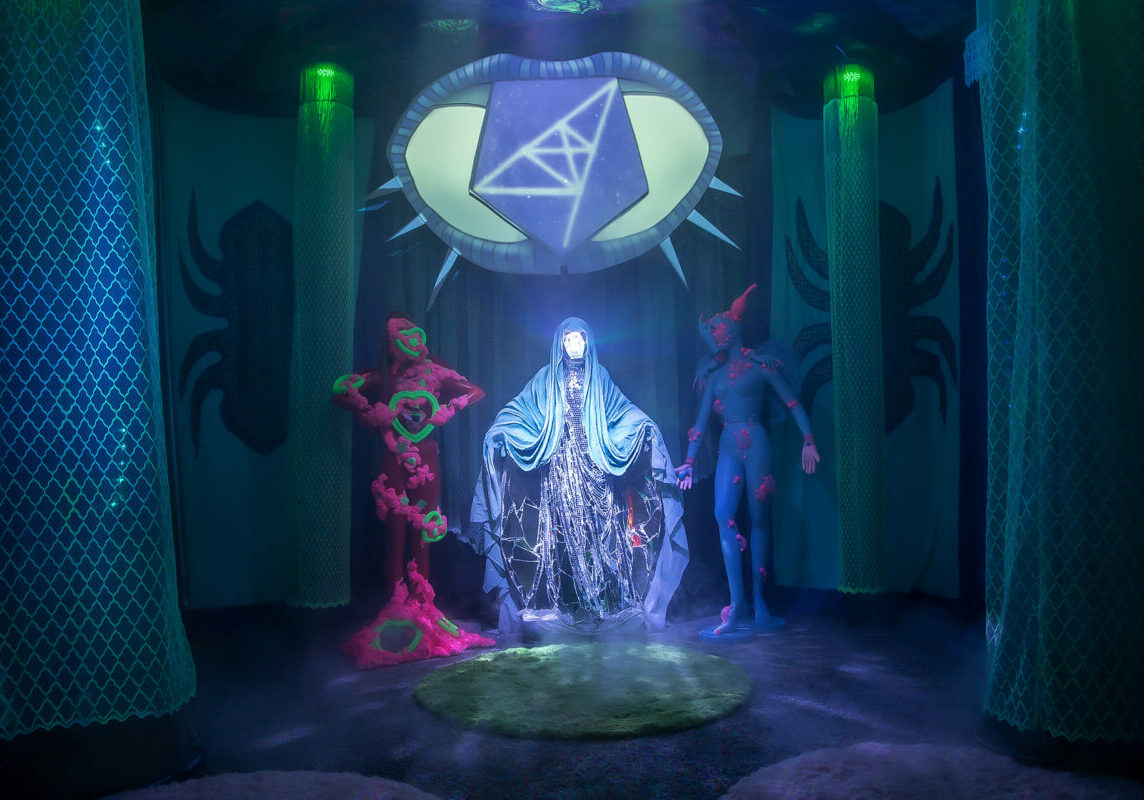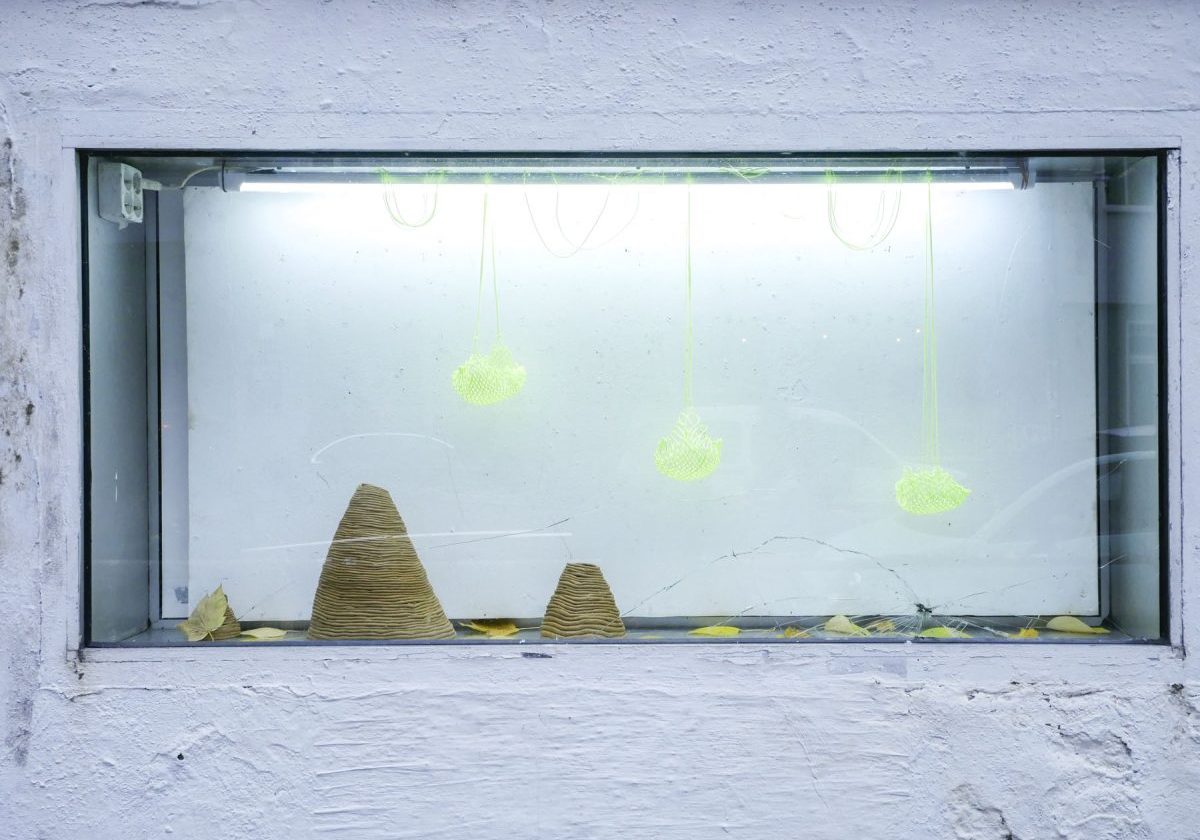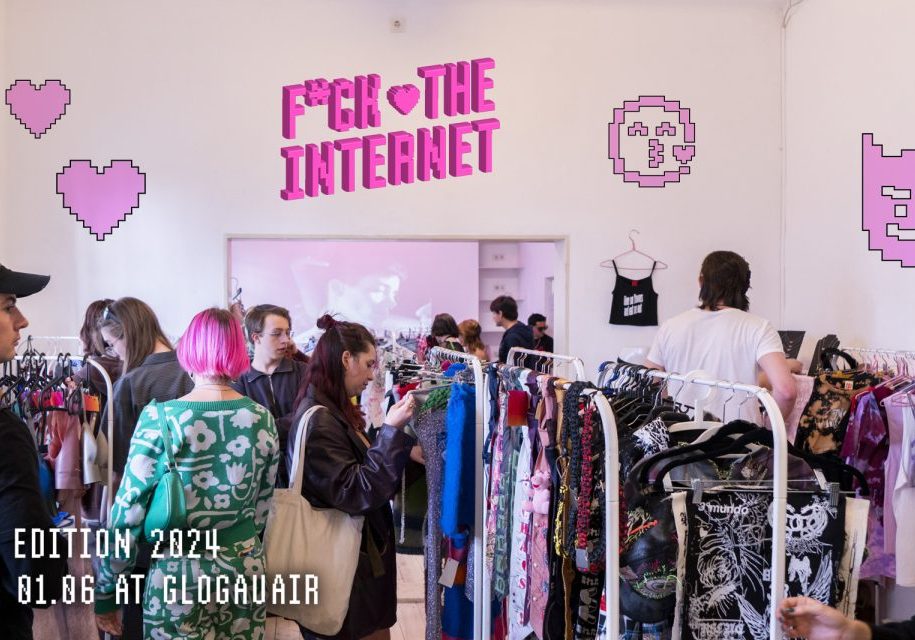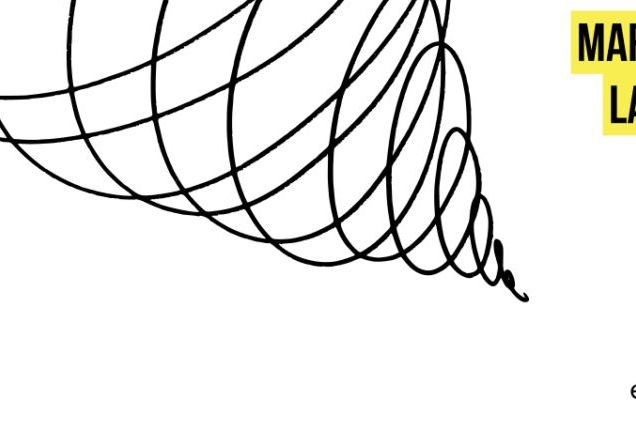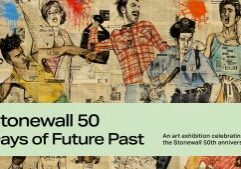Meet the Artist // Hedvig Greiffenberg
Hedvig Greiffenberg is a Danish artist who mainly works in sculpture and installation. Interested in composition and semiotics, Greiffenberg works with unstable and composed figuration, exploring questions related to knowability, transformation, and blindness. Through her work, she investigates epistemological borderlands, fragility, and readability in a sculptural-poetic context examining how the gaze shapes the world.
Could you tell me about your background and the project you are proposing for this three-month residency at GlogauAIR?
I am a sculptor from Denmark, and I finished my MFA in Copenhagen last year. I came quite late to art, I would say. Growing up I had no inclinations to be an artist, I didn’t see myself as an artistic person at all and I wasn’t interested in drawing or painting or anything. Art was my least favorite subject in school actually. If my art teacher knew I was an artist now, I think she would really be shocked.
So when I grew up I went to university to study the history of ideas for a couple of years, and it was fun for a period of time. I was especially interested in some of the thinkers of the 20th century who were dealing with questions related to phenomenology and epistemology or structuralism and semiotics. Even to this day these are subjects that I am interested in and stuff that poses questions that feed into my sculptural practice.
At some point I just got really sick of the way academia works and lost interest in writing essays on what someone had written or thought and to quote them correctly in order to make a point. To be honest I think I was more interested in my own thoughts at that time, so I dropped out.
 It was about that time, I think only a year before I went into the art academy that I actually started thinking about art as something that made sense for me to work with. It was such a relief to leave language and “truth” behind when I began making art. It felt so happy when I first started working with sculpture, it was like cheating the system in a sense. Being able to answer the questions instead of answering them. Art was for me a way of giving play or space to some kind of ambiguity that I really missed in academia, and a way of working with thinking about stuff in a subtler way that includes your body as well, and not having to eradicate all doubt in order to make a strong argument.
It was about that time, I think only a year before I went into the art academy that I actually started thinking about art as something that made sense for me to work with. It was such a relief to leave language and “truth” behind when I began making art. It felt so happy when I first started working with sculpture, it was like cheating the system in a sense. Being able to answer the questions instead of answering them. Art was for me a way of giving play or space to some kind of ambiguity that I really missed in academia, and a way of working with thinking about stuff in a subtler way that includes your body as well, and not having to eradicate all doubt in order to make a strong argument.
I have this elementary problem with language, I guess, coming from academia and also having a background in poetry and writing. Language is for me an image of how humans need systems of categorization and binarities in order to make sense of the world. Language creates the world for us, makes the world knowable to us. But it has a violence to it, because through these categorizations a lot is left out. I think I see language as this huge net that holds the world. This need we have to categorize in order to make the world knowable is at the very core of my practice. In my work I am very concerned with investigating signification and readability beyond language.
My project for GlogauAIR was initially about wanting to somehow work asemic writing into some new works. Asemic writing is this kind of writing that is empty of meaning, almost more of a drawing, but it looks like writing. So when you encounter it, it looks like words or sentences and you think that you can read something from it, but actually it’s completely empty. Asemic writing is for me signifying the act of reading itself in a way.
But when it came down to it I couldn’t really get myself to actually make these asemic drawings or texts. I think it’s because the strategy of asemic writing is very similar to the way I have been working formally in my sculptures for a long time. I have been working a lot with the unreadable object, signifying some kind of epistemological threshold, an empty signifier so to say. I’m in a place right now where I’m not so interested in that. I feel like I’ve exhausted the aesthetics of the unknowable figure in space and while being here I’ve been working with sculpture in a very different way than I have in a long time.
Can you talk about how your sculptures come into being and how your work has changed since being here at the residency?
Yeah, so I feel like I’m working with the same questions that I’ve been working with before in my sculptural practice, but I’m asking the question differently. I have moved from working with these very abstract sculpture bodies that are very ambiguous, like an unknowable mass, to asking questions on how we read the world, and what happens when we are encountering something that we can’t immediately read. Mainly because the unreadable stretches the moment in time in which we try to decipher something – it points to the action of reading. In my work I tend to try to “keep the door open” – create a moment in time, where the sculptural object makes a hole or an opening in our cognition, puts it on pause and makes us realize that we try to read something, because there is a resistance.
Being here, I have been approaching this question in a different way, where instead of having this weird object, I take objects that already have some kind of semantic relation to the world, objects or materials that kind of say something about how we read them usually, but by putting them together, you can ask questions about how that knowledge is coming into being and somehow push the way they are read. I feel like the question that I’m interested in is the same even though my approach is very different – I realized that I don’t need an unreadable object to ask questions about readability. By putting things together that come from different places or have different associations you can also center the violence of the categorization, or maybe even, through these combinations, create new pathways and meanings.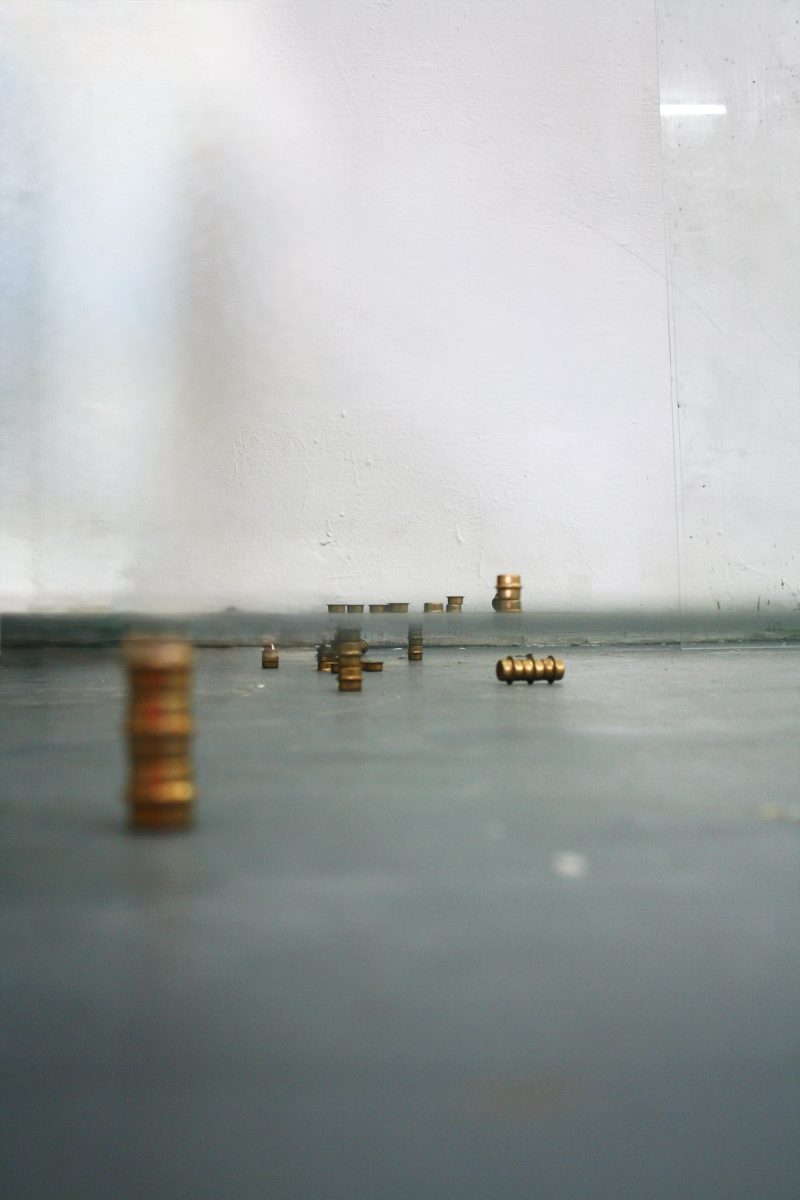
I’m thinking that putting things together in this way is a way of working with sculpture in the same way that I work with poetry. I think by putting things together, they shine a light on each other in a way. The materials transform each other in the meeting, like words in a poem. This strategy of combination It’s not like it’s completely new, but it’s in a bit of a different way. I’ve actually been working with putting things together, both in my sculptural work, but also in other ways. For a number of years, I edited a magazine for literature, which is very much about putting things, or in this case texts, together. I’ve also been running an exhibition space in Copenhagen with some friends. Curating is very much also about how to put things together I think. So I guess it is something that influences different spheres of my practice.
While being here I’ve also integrated little elements of drawing into my sculptural work, which is very new. I think it might be a remnant from the asemic writing project. It is the kind of drawing that isn’t figurative in any way but more an exploration of the trace or the drawing as something that has rhythm, it feels almost musical but I’m actually not really sure about how to think or talk about it yet.
I think being in this residency has really opened a new door in my practice, because of being away from home I do things differently. I didn’t bring any materials with me so I had to start from scratch, and that made me approach my work in a different way.
Your work often engages with the tension between knowability and transformation. How are you seeing those ideas unfold in your current exploration of the space between sculpture and writing here at GlogauAIR?
I’m generally interested in how we perceive the world. Also as a sculptor, I’m very interested in how we bodily meet something in space, and how, even though it’s not through the language system, that we kind of have ways of signifying or understanding how things are signified. In this work here, I’m trying to point to the knowability of what we already know, and the different semantics of the materials. Like, how an object is understood, and how that can shift a bit when you put it into another context.
I feel like in some of these works that I have made here, it’s also very much about how something is framed, or how the gaze is shaped and held by context.
So, philosophy and literature are key sources of inspiration for you, as you have said. Are there particular texts or thinkers influencing your process right now, and how are they transforming your current approach?
I keep returning to the Danish poet Inger Christensen. She’s my favourite poet, or one of them at least. I brought a book of her essays with me to Berlin to read it again while I’m here and it’s just so wonderful. She writes so well, and her thoughts really resonate a lot with how I understand creation. Her essays are about many different things, like math and silk and nature, but it’s somehow all about how language relates to the world. In one of her essays there is this really beautiful paragraph. I think I’ll just read it to you, it’s in Danish so I’ll try to translate it. Okay, she writes here: “I want to influence blindness. I see it as the writer’s job to construct a sign system that transmits blindness. I see it as the writer’s job to engage with the impossible, the incomplete, what is outside”.
I think what she tries to point to here is a question I keep returning to in my own practice. How do we make sense of what is outside understanding. How can we grasp or change or maybe even know what is unknowable. I think by “affecting blindness” you become aware that the blindness is there, and that the blindness is created by a system that can actually be changed or just looked at. This section is so beautiful I think, and I can really relate to this feeling of wanting to be in contact with the unknowable, push the boundaries for what we know, or how we know it. It reminds me a bit about something Bataille writes somewhere in Inner Experience, he has this term “a blind spot”, that relates both to a blind spot in our understanding but also metaphorically to the senses, to the eye. In the text he discusses how knowledge usually is created in a specific order, going from the the unknown to the known – we so to say add the things we don’t understand to the things we understand, but some things work the other way around from the known to the unknown, he uses poetry as
an example as far as I remember, and that this movement is moving the other way from the known to the unknown, from sight to blindness so to say. I think it is a bit similar to what I am exploring right now in these simple compounded sculptures. I feel like I have previously in my practice, worked very much from the unknown to the known, like working with how the viewer would try to add the unknowable mass to what they know, through what they already know about the world. And right now I kind of try to work the opposite way, working more from the known to the unknown, by changing and estranging the known even just a bit.
